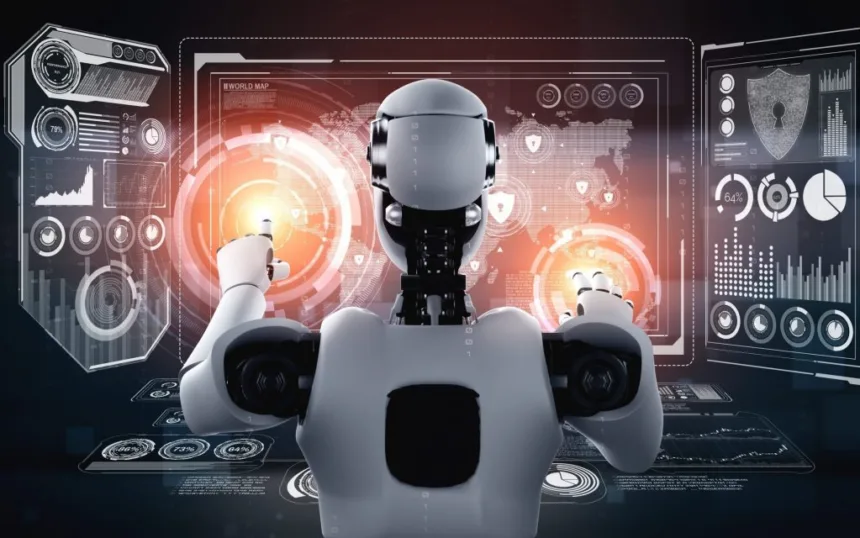AI-driven cyber threats represent a new and complex landscape in the realm of cybersecurity. While artificial intelligence (AI) holds promise for enhancing security measures, it also poses significant challenges due to its potential misuse by cybercriminals. Here’s a look at the dynamics and concerns associated with AI-driven cyber threats:
Sophisticated Attacks:
AI-powered tools empower cyber attackers to create more sophisticated and adaptive threats. Machine learning algorithms can analyze vast amounts of data, enabling attackers to craft highly targeted and stealthy attacks. These attacks can learn and adapt to security measures, making them harder to detect and mitigate.
Automated and Rapid Attacks:
AI enables automation in cyberattacks, allowing malicious actors to carry out attacks on a massive scale and at unprecedented speeds. Tasks like scanning for vulnerabilities, launching phishing campaigns, or infiltrating systems can be automated, accelerating the rate of attacks.
Deepfakes and Manipulated Data:
AI-generated deepfake technology can create convincing fake images, audio, and video content. In the context of cybersecurity, this can be used to impersonate individuals or manipulate information, leading to social engineering attacks or the spread of disinformation.
Evasion of Defense Mechanisms:
AI can be utilized to identify and exploit vulnerabilities in security systems. Attackers can deploy AI algorithms to probe and bypass traditional defense mechanisms, including antivirus software, firewalls, and intrusion detection systems.
Poisoning AI Models:
AI models used in security systems, if compromised, can be manipulated through poisoning attacks. By injecting false data during the training phase, attackers can corrupt the functionality of AI-based security solutions, causing them to make incorrect decisions or overlook threats.
Amplified Impact of Cyberattacks:
The use of AI in cyber threats amplifies the potential impact of attacks. From disrupting critical infrastructure to compromising sensitive data or causing widespread chaos, AI-driven attacks have the capacity to inflict severe damage across various sectors.
Defense Strategies:
To combat AI-driven cyber threats, cybersecurity professionals must adapt and deploy AI-based defense mechanisms. This includes leveraging AI for threat detection, anomaly identification, and behavior analysis to detect and respond to attacks in real-time. Additionally, regular updates to security protocols, employee training, and robust incident response plans are crucial in mitigating these threats.
Collaboration and Regulation:
Given the global nature of cyber threats, international collaboration among governments, organizations, and cybersecurity experts is essential. Establishing regulations and ethical guidelines for AI usage in cybersecurity is imperative to curb malicious activities while ensuring the responsible use of AI for defensive purposes.
In summary, the emergence of AI-driven cyber threats presents a significant challenge to cybersecurity. Addressing these threats requires a proactive approach, combining advanced AI-based defense mechanisms with collaborative efforts and regulatory frameworks to safeguard against evolving cyber risks.







